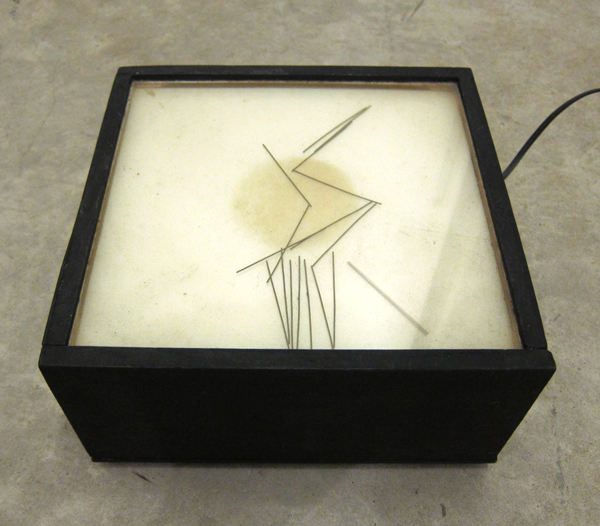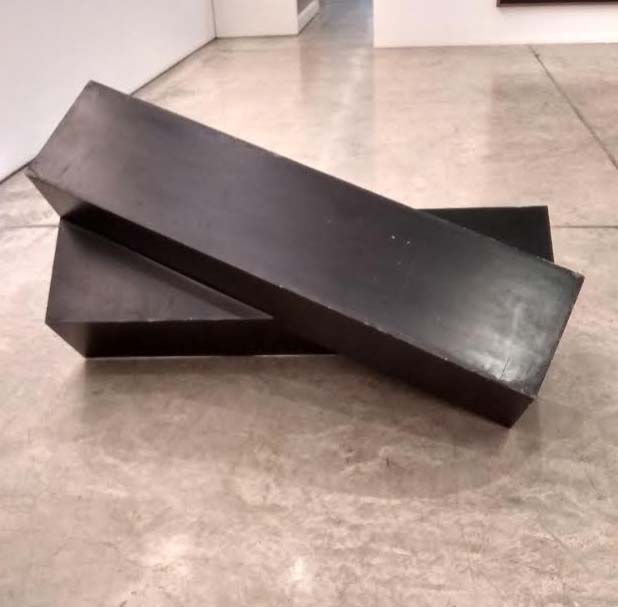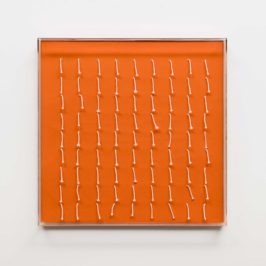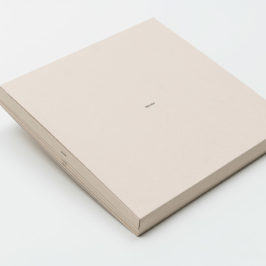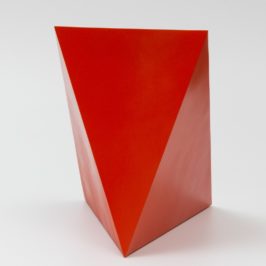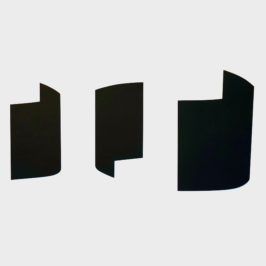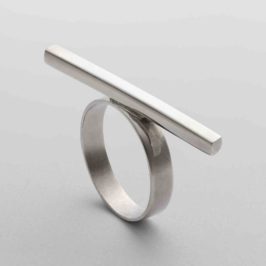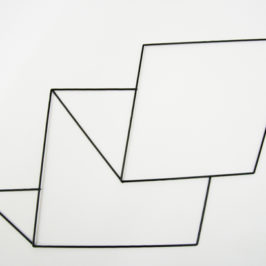
Available Works
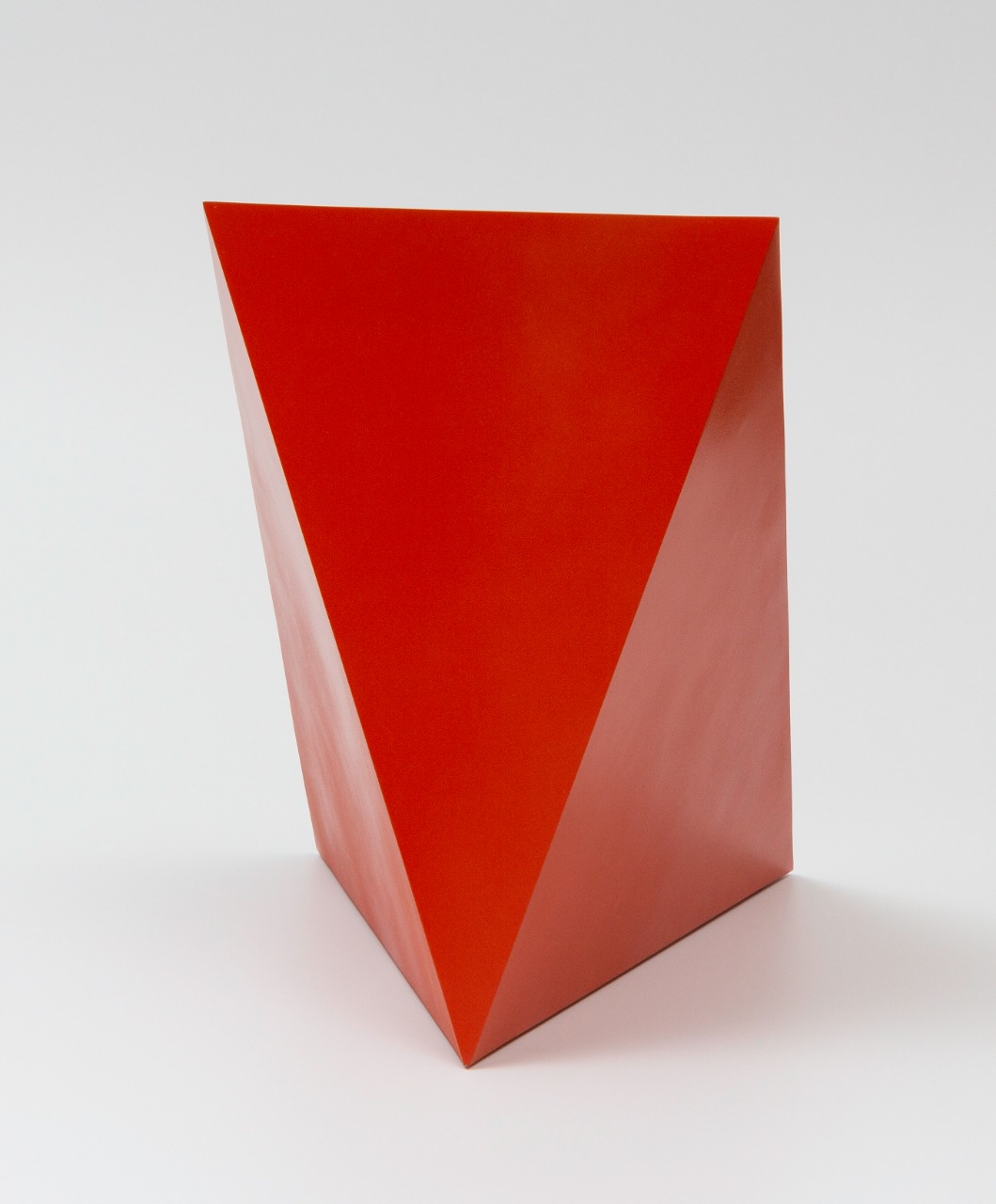
sérvulo esmeraldo _pirâmide_2015
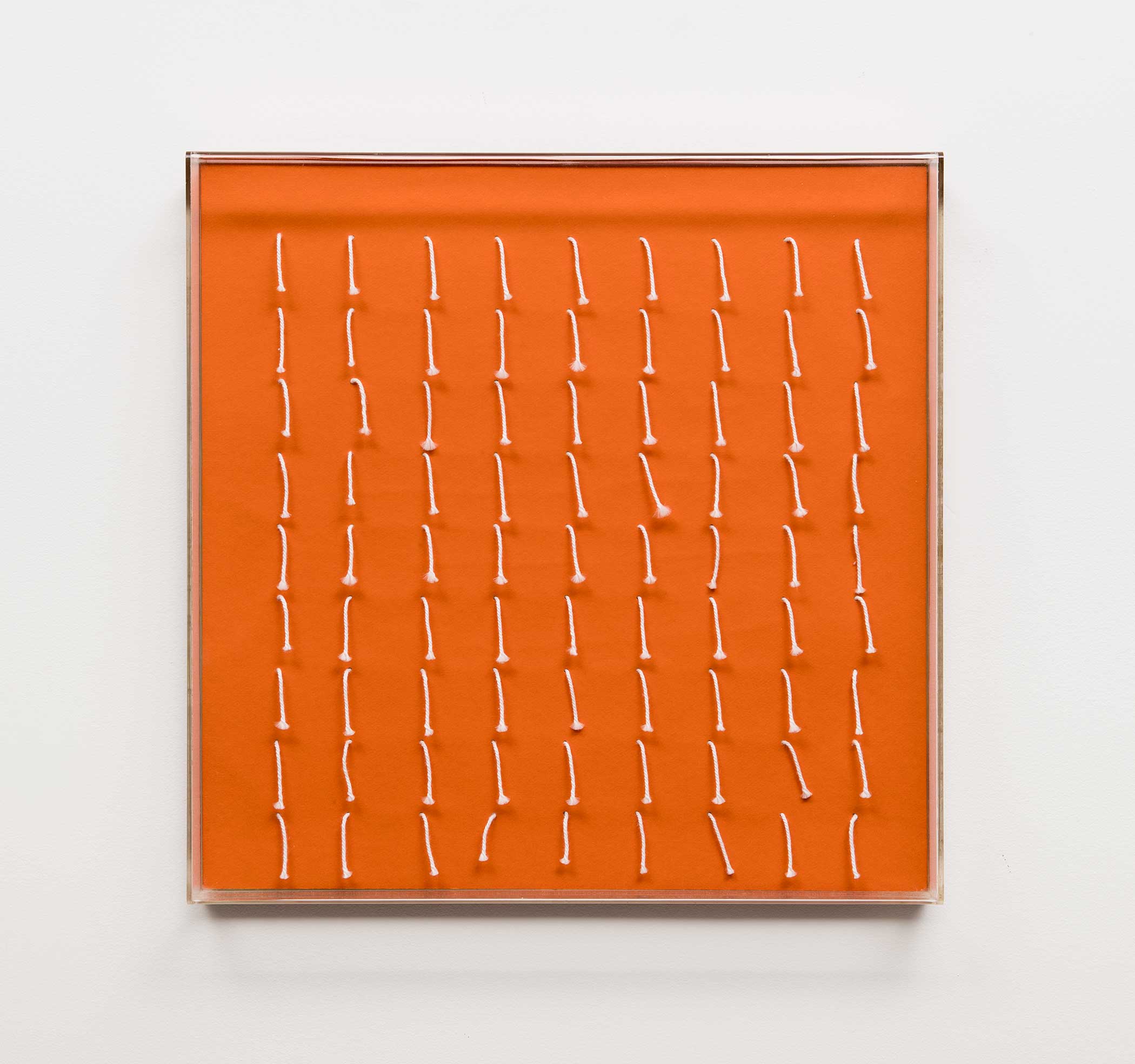
sérvulo esmeraldo _e7124_1971
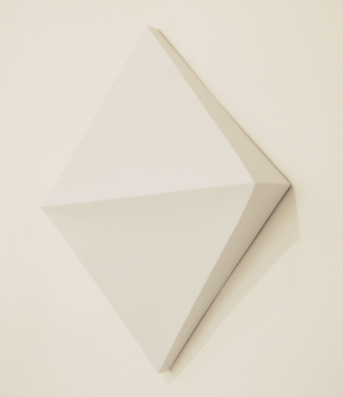
sérvulo esmeraldo _untitled_1990
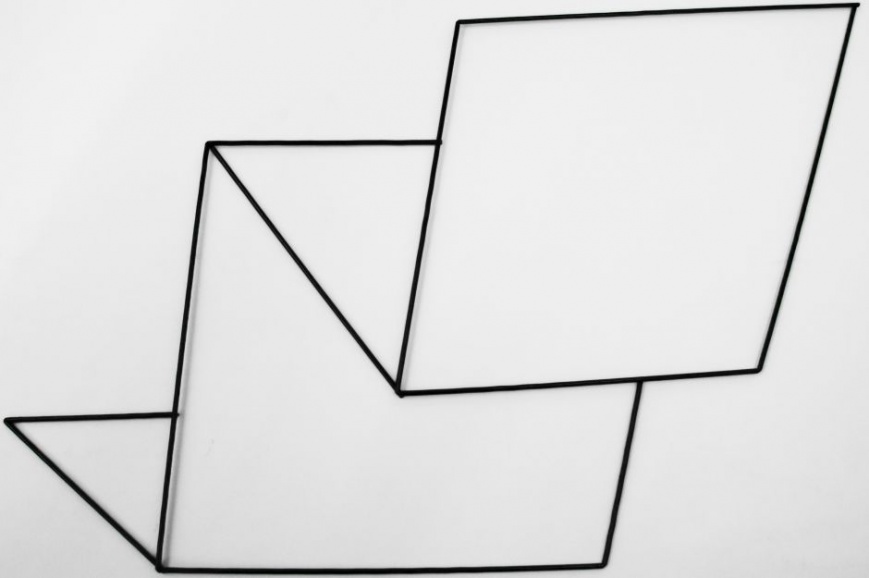
sérvulo esmeraldo_ fold_2000
Biography
born in crato_ brazil_ 1929 – 2017
Sculptor, engraver and illustrator, Sérvulo Esmeraldo initiates his professional career in the end of the 40’s, in Fortaleza by frequently visiting the public art studio at the Fine Arts Association of Ceará (SCAP). In 1951, he moves to São Paulo. Sérvulo works temporarily for the Brazilian Engineering Company (EBE) and this experience sharpens his interest for Mathematics, enabling him to become a xylographer and illustrator at “Correio Paulistano” newspaper later in life. As a result of that experience, he produces a series of prints with a constructive geometrical nature, for a solo exhibition at the Museum of Modern Art in São Paulo (MAM), in 1957. The peculiarity and refinement of his work were crucial for the French government’s decision to grant him a scholarship, which led Sérvulo to live in France for over 20 years.
In Paris, he devotes himself to study lithography at the National School of Fines Arts and metal engraving techniques at Johnny Friedlaender’s art studio. In the 60’s, without abandoning his engraving practices, Sérvulo decides to invest in new art projects moved by motors, magnets and electromagnets. Benefiting from the enchantment of static electricity, he creates the Excitables series that makes him notorious in the international kinetic art movement. From 1977 onwards, in a clear return to his origins, he works in public art projects, adding monumental sculptures to Fortaleza’s urban landscape (where he has been living and working since 1980). Fortaleza now houses about 40 art pieces by the artist. Sérvulo was the creator and curator of the “Exposição Internacional de Esculturas Efêmeras” (in Fortaleza, Ceará, in 1986 and 1991). With numerous solo exhibitions and participation in important art salons, biennials and other collective shows in Europe and Americas (Realité Nouvelle, Salon de Mai, Biennale de Paris, Milan Triennial, São Paulo International Biennial etc.) his art work is exhibited at major national museums as well as in public and private collections in Brazil and overseas. Pinacoteca do Estado de São Paulo organizes a important retrospective of his work art in 2011. In the following year, the exhibition: “Simples como um triângulo” at Galeria Raquel Arnaud (which represents the artist since 2009) displayed around 70 works, including sculptures, paintings and relieves. Sérvulo Esmeraldo launched the books A linha e a luz and É pericoloso spogersi in 2015, when he came back to Galeria Raquel Arnaud to present the show “Traço volume espaço”.
Exhibitions
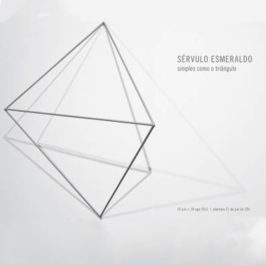
simple as a triangle_ sérvulo esmeraldo
jun 21 - aug 18_ 2012
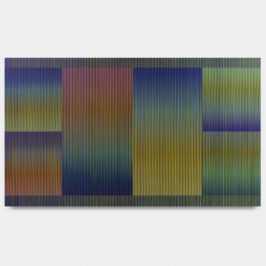
french connection
oct 27 - dec 13_2012
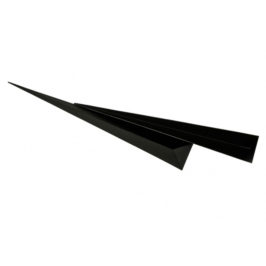
sérvulo esmeraldo | nomad objects
aug 12 - 28 oct_2017
Texts
The importance of an exhibition in an artist’s trajectory is not only that of reaffirming his presence and the continuity of his work within the circuit of which he is a part but – also and especially – that of offering us the means according to which we may reassess the breadth of his work: its complexity and its ramifications.
In addition to his output in the fields of printmaking and sculpture (particularly sculpture of monumental scale), SeÌrvulo Esmeraldo’s work also reveals itself through his creation of artists’ books, object books, kinetic sculptures and his activities as a cultural agent responsible for curatorial initiatives in the city of Fortaleza. And this exhibition represents yet another opportunity for close contact with an oeuvre that pioneers a number of different aspects and is unique in its scope.
In the mid-1980s, the artist Eduardo Kac published a chronological mapping of the great watersheds and experimental tributaries of scientifically and technologically oriented art produced in Brazil.1 Through it, we were able to see how isolated the work of Abraham Palatnik was during the mid-1960s. To our astonishment, though, the SeÌrvulo Esmeraldo retrospective held in São Paulo last year included a kinetic object titled O Escriba [The Scribe] – a 1962 box-device in which various needles are set in motion by the action of invisible magnetic forces, conferring upon that object a performativity unique in Brazilian art work of the period.
While teaching at the Bauhaus, the Hungarian artist Moholy-Nagy published a study titled “The Five Evolutionary Stages of Sculpture from the Standpoint of Treatment of the Material”2, in which he decla- red that the evolution of sculpture could be summed up thusly: from the static treatment of mass to motion. In its most advanced stage, the artist stated that kinetic sculpture would not only be responsible for the inclusion of real (no longer represented) movement in the dimension of the art work but, also, for the creation of “virtual volumes” derived from that very kineticism. From then on, sculpture would be understood as “the median point between material volume and virtual volume, between a tactile comprehension and a visual comprehension of matter”.
Within this context, SeÌrvulo Esmeraldo’s Excitable sculptures are activated by spectators who stimulate the work’s internal elements through static electricity; these works mark the artist’s contribution to the international kinetic art movement by virtue of their uniqueness and inventiveness and by the absence of an electric motor as source of repetitive, regular motion. In the Excitables, “the body is the motor of the work”. As in The Scribe, they constitute artistic evidence that phenomena which occur in the physical world originate in an invisible world of dynamics. Or, as the artist declared, “(…) I cannot help but think of invisible forces which, because of my intervention, were somehow altered.”3 Esmeraldo adopted an “artistic stance before science” in his research and works with the latent energy of imponderable fluids, with magnetism, or upon the occasion of his project for the creating a rainbow of water to be sprayed upon city streets. Sculptures devoid of true relief, his Theorems are geometric constructions not merely limited to the outlines of a material design made of steel; they expand within their environments by means of their own shadows. With these works, the place in which the work is installed is outlined by lines that act as dematerialized extensions of the piece within the environment. Virtual sculptures.



